
How we see Kaban Montessori School
Compare with:
How Kaban Montessori School sees itself
"Kaban is located in Mississauga. We offer Infant, Toddler, Casa and Elementary programs for children 6 mo - 12 yrs. Our professionally trained teachers practice a holistic, individualized approach that encourages independence, creativity, inner discipline and a love of learning. Our purpose is to guide children so that they may not only thrive in life, but observe, question, challenge and improve the world we live in."
"Kaban's children love school and look forward to going there every day. There is a sense of warmth, care, and expertise among all of our teachers. Learning is something that is enjoyable for all the children and their days are filled with fun."
"At Kaban, families appreciate the welcoming and loving atmosphere created by the staff. Our families are always amazed and appreciative of our curriculum and philosophies because it has allowed them to watch their children flourish into independent, caring, and curious individuals."
"We have a great respect for Montessori methodologies and ensure it is practiced truly in all our classrooms. We also celebrate and promote all cultures and traditions. Our multicultural community and staff allow our school to be a welcoming and educational environment for all. We are also very proud of the feeling of family that is created within our school. Even many years after leaving Kaban, families still remember us for our warmth and loving care."
"Families are left in awe at the level of understanding their children have of other languages (Spanish & French).
We also aim to promote global peace and environmental awareness through our school."


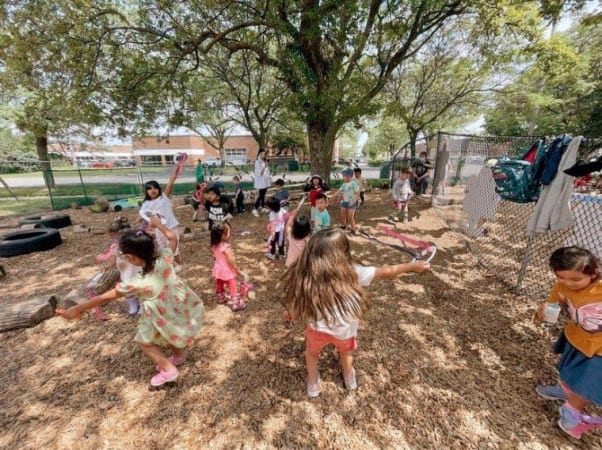
Outdoor Playground
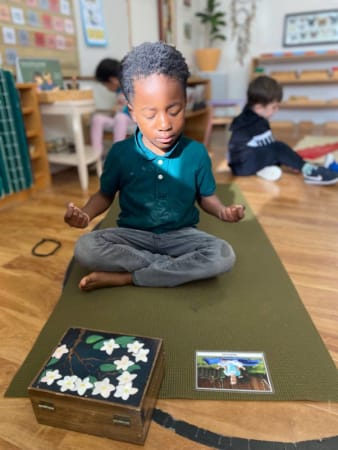
Yoga in the classroom

In our Gym student partake in group yoga, zumba, basketball and physical education classes.



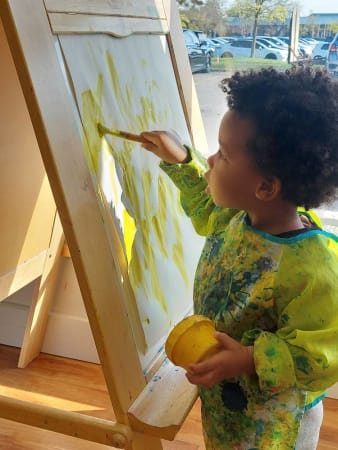
Classroom Painting Space

Student Kitchens

Outdoor Studio



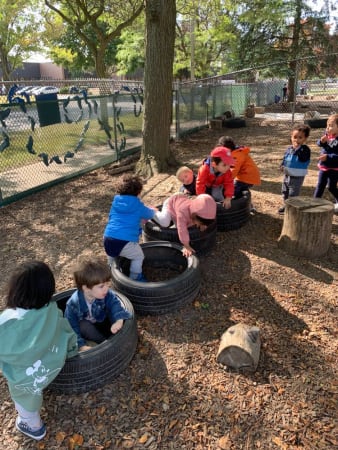
Adventure Playground
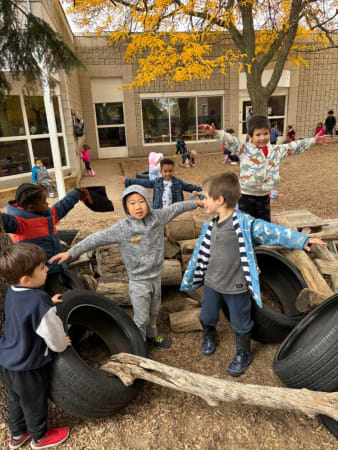
Adventure Playground

Adventure Playground



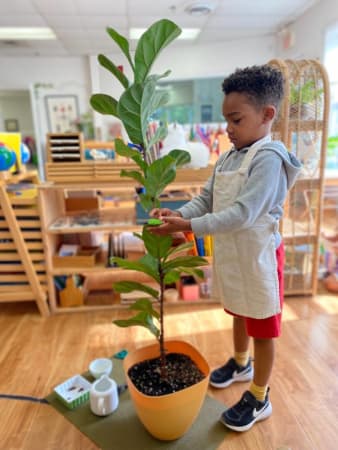
Casa Classroom

Lower Elementary Classroom.
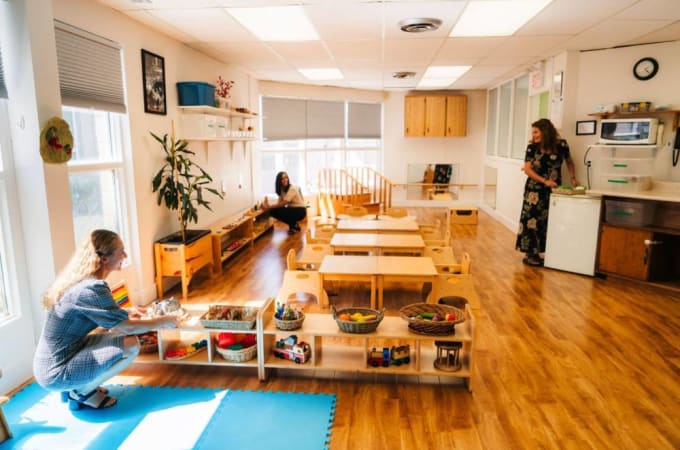
Infant Classroom.



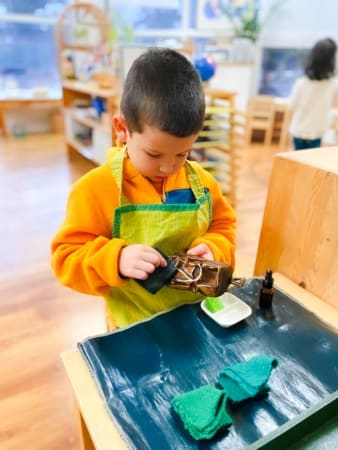
Classroom Environment where students learn and explore all academic subjects, including Science and computer labs.

Outdoor Environment where students have the space to hold their outdoor science experiments.
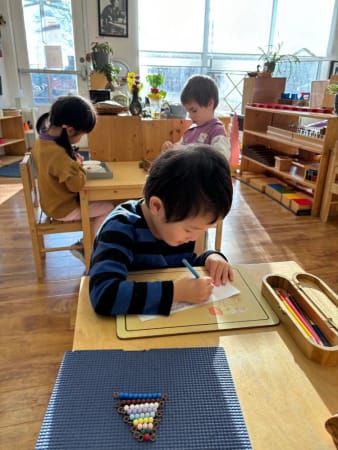
Classroom Environment where students learn and explore all academic subjects, including Science and computer labs.



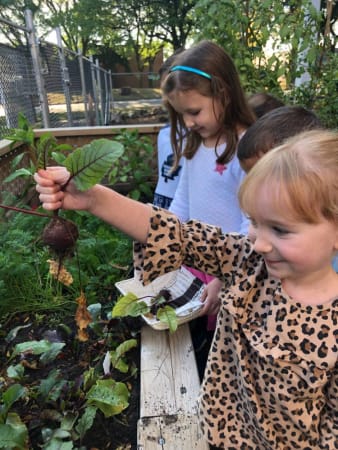
Our vegetable garden where children plant and harvest.
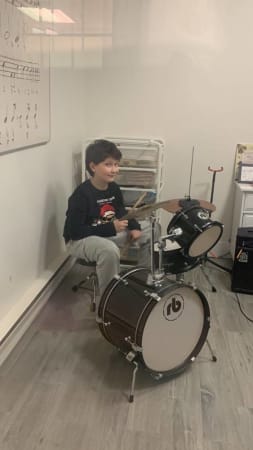
Music Space for drums and piano lessons

Our vegetable garden where children plant and harvest.



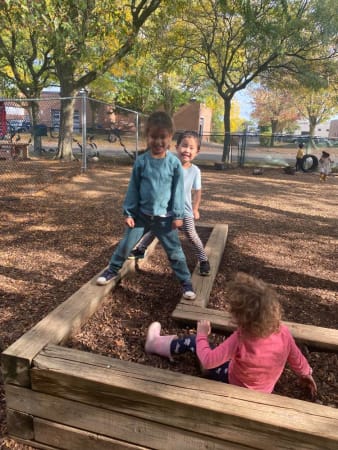
Outdoor Gathering Space
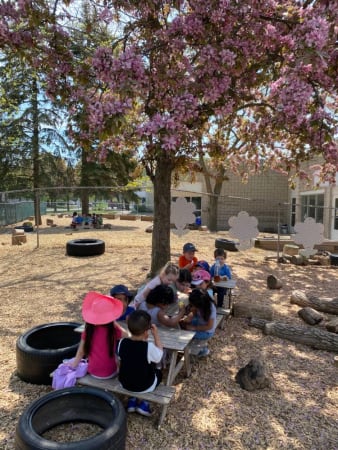
Outdoor Gathering Space
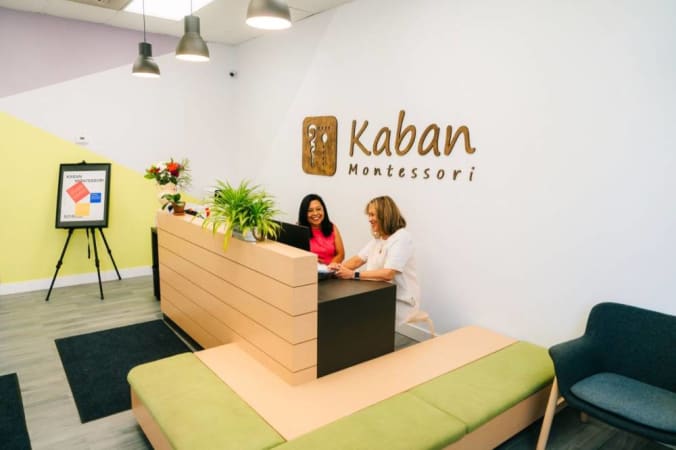
Main Office & Reception.



How people from the school’s community see Kaban Montessori School
Top-down influence on the school’s direction and tone
Blanca Sanchez, Program Director
AMI Montessori Guide from birth to 6 years old
We are proud to have built a tight community among the children, parents, teachers, and our neighbourhood. We believe that when working together as a team, we can accomplish much more. Kaban Teachers maintain close relationships with parents in order to support and aid their child’s development. To enhance children’s sense of community Kaban students are also given the opportunity and encouraged to interact with the natural world beyond the school. We educate children on the importance of respecting not only themselves and others, but also how to care for and respect the balance that exists between humans and the environment.
If you’re considering a small school for your extroverted child, make sure it offers plenty of social opportunities, including the ability to seek out and interact with different peer groups. Since smaller schools have smaller and less diverse student populations than big schools, it can sometimes be more challenging for your child to find a like-minded group of friends—friends with similar interests, values, etc.
“It’s important to look at the social makeup of the school,” says Ruth Rumack of Ruth Rumack's Learning Space. "Is there enough variety that your child will have a group that they feel connected with? Because you want to have friends that are like-minded and you want to be in a social situation where you feel honoured and respected. Variety can also be found in extracurriculars, leadership programs, and sports activities, which tend to have kids with a wide range of personalities.”
Also, make sure a school’s teaching and learning approach is suitable for your social child. “For instance, a school focusing on individual learning instead of group learning may not play into your child’s strengths,” say Ann and Karen Wolff, Toronto-based education consultants at Wolff Educational Services. “You want to make sure the social, emotional, and academic realities of the classroom are a match for your child’s personality.”
If you’re considering a language immersion school for your extroverted child, make sure it offers a wide range of social opportunities, including the ability to interact with kids outside of class. Since most of your child’s learning won’t be in their mother tongue, they may find it challenging at times to negotiate the complexities of social interaction in the classroom. This makes it especially important to ensure the school offers extensive extracurriculars—such as volunteering, sports teams, and arts programs—which will help your child satisfy their need to interact and make friends.
Smaller schools often have small classrooms and tight-knit communities, which can make it easier for your introverted child to come out of their shell, make friends, and feel like they belong. Since they’re less socially overwhelming, your child should find it easier to navigate their social environment. And since they’re conducive to group work, small classes often have plenty of interaction, which can help your child develop critical interpersonal skills.
Of course, small schools normally have a less diverse student population than big schools, which can sometimes make it more challenging to find a group of like-minded peers—peers with similar personalities, interests, values, etc. This makes it especially important to ask a school about its extracurricular programs, which can help your introverted child establish an intimate social circle.
If you’re considering a language immersion school for your introverted child, make sure it offers plenty of social opportunities, including the ability to interact with different peer groups outside of class. Since most of your child’s learning won’t be in their mother tongue, they may find it challenging at times to negotiate the complexities of social interaction in the classroom. This makes it especially important to ensure the school offers extensive extracurriculars—such as student council, volunteering, and team sports—which can enable your child to connect with peers, make new friends outside of class, overcome their shyness, and develop critical social skills.
THE OUR KIDS REPORT: Kaban Montessori School
Next steps to continue your research:
Continue researching Kaban Montessori School with OurKids.net, or visit school website.